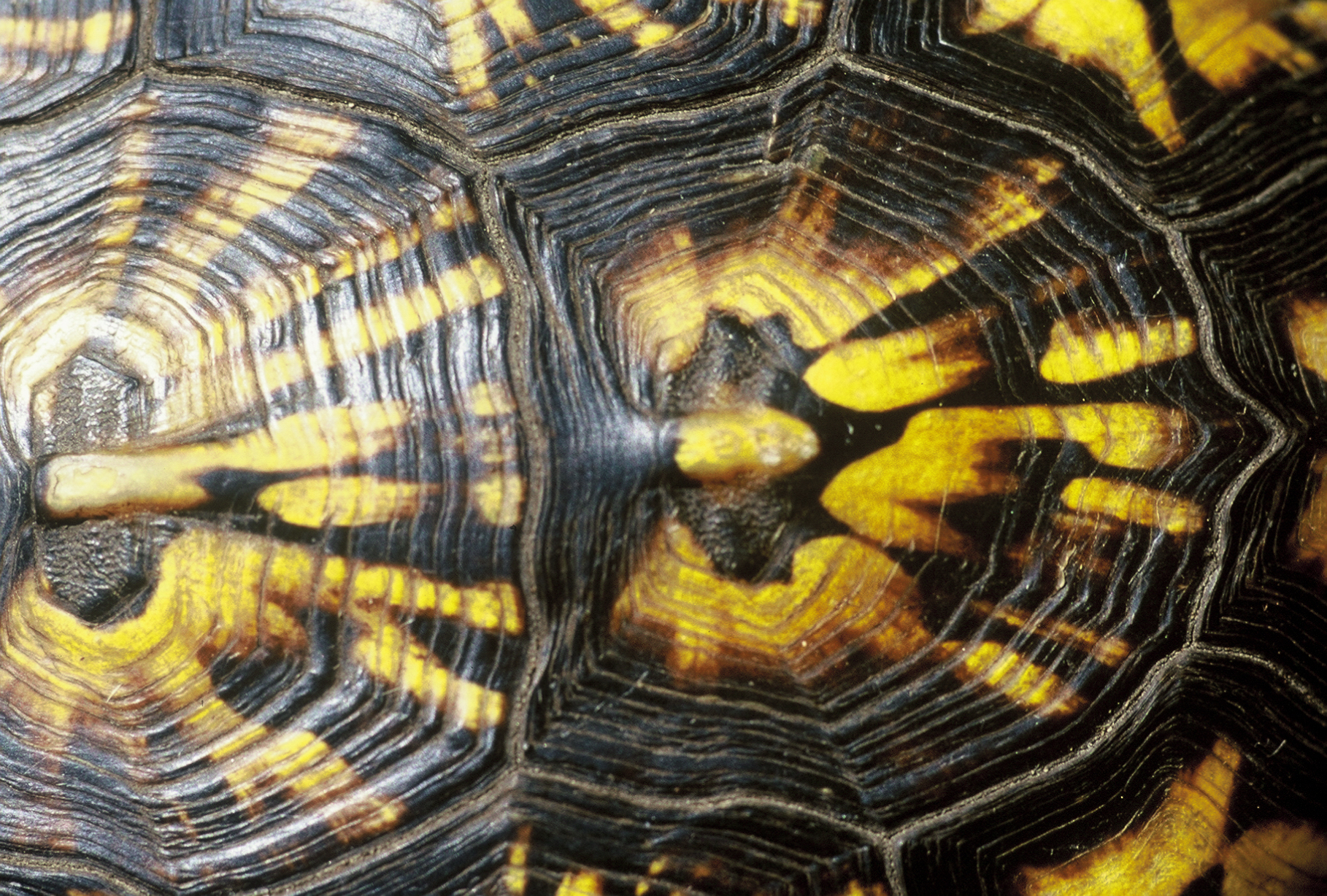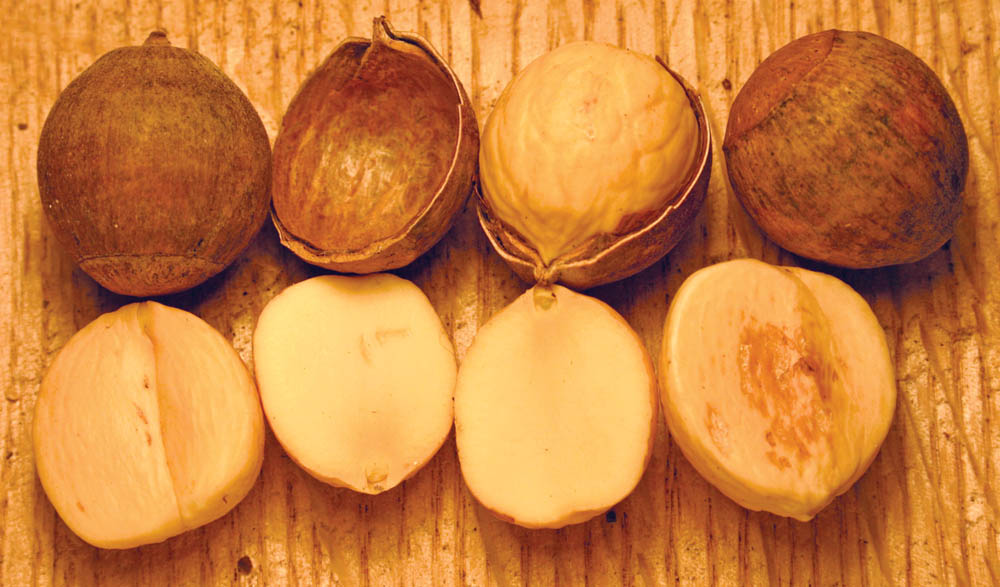
.jpg)


currently unavailable Very Hardy Northern Seed Strain-Low Tannin Acorn with Good Production Tendencies
Selected northern New York strain of bur oak noted for its small sweet acorns and high yields. From legendary plant breeder, Fred Ashworth at St. Lawrence Nursery and further refined and introduced by Bill MacKently, Ashworth set the stage for the first named selection of an uncultivated oak just for 'edible' acorns low in tannins.
When I first had heard of this selection, I had run into it in plantings of other nut growers who had purchased and grew the seedlings. It was widely distributed as the first edible acorn. Over time, people sent me and I purchased acorns from other growers who had either the grafted tree or seedling of it in their plantings. I was never sure if it was the original or not but at the time, there was few if anyone that had the cloned varietal. In the meantime, I grew many of these seedlings and some were clearly hybrids with white oak and others more true to type. Two trees in particular showed excellent yields of early ripening acorns. I have kept these trees in my plantings because of their fast growth and precocity. They also produced very nice seedlings which could be used as is without further development.
These selections are some of the best acorn producers on our farm often producing all along the branches on short spurs much like plums. Many of these seed selections planted on my farm were from seed from the grafted selections by Miguel Marquez. His goal was to increase yields on young trees (precocity) and lower the tannin levels in the acorns. Ashworth acorns require very little leaching. Puree in a blender half acorns, half water and let set over night. Decant the water and taste the meal. If slightly bitter, puree again and let set again. Normally with Ashworth seedlings, only one or two processings is needed to remove the astringent tannins and the meal is ready for use.
Future work with this strain is needed more to get actual yields in an orchard. Like "Manna" and "Nutty" it is fine to name a variety but without plantings done in other areas, it ends up more as a horticultural curiosity than something practical as a new food source. The trees I do have in my plantings have shown very good yields but fluctuate every other year. The trees do produce nice seedlings and it is a very good place to start if working on this in a way that will develop even higher yields of acorns much faster than just going out in the wild and starting from scratch. This whole project I did was over the course of 40 years. And this is on the back of giants I am standing on.
| Plant Specs |
| Genus & Species |
Quercus x macrocarpa |
| Seed Source |
Michigan |
| Hardiness |
-35 F easily |
| Height (ft) |
60 |
| Width (ft) |
40 |
| Pollination Requirements |
Best to plant two of this strain or another bur oak or hybrid with white oak. |
| Soil |
Not particular. Sandy loam or sandy. |
| Climate |
Zone 3-8. Best in the northern strains. |
| Ease of Cultivation |
Once established very easy to grow. Critical one year to get tap root established. This particular strain can tolerate a great cold tolerance as well as fruit in a short season area. Because these plants are hybrids does not diminish their value for producing large acorn crops that are relatively low in tannin. |

